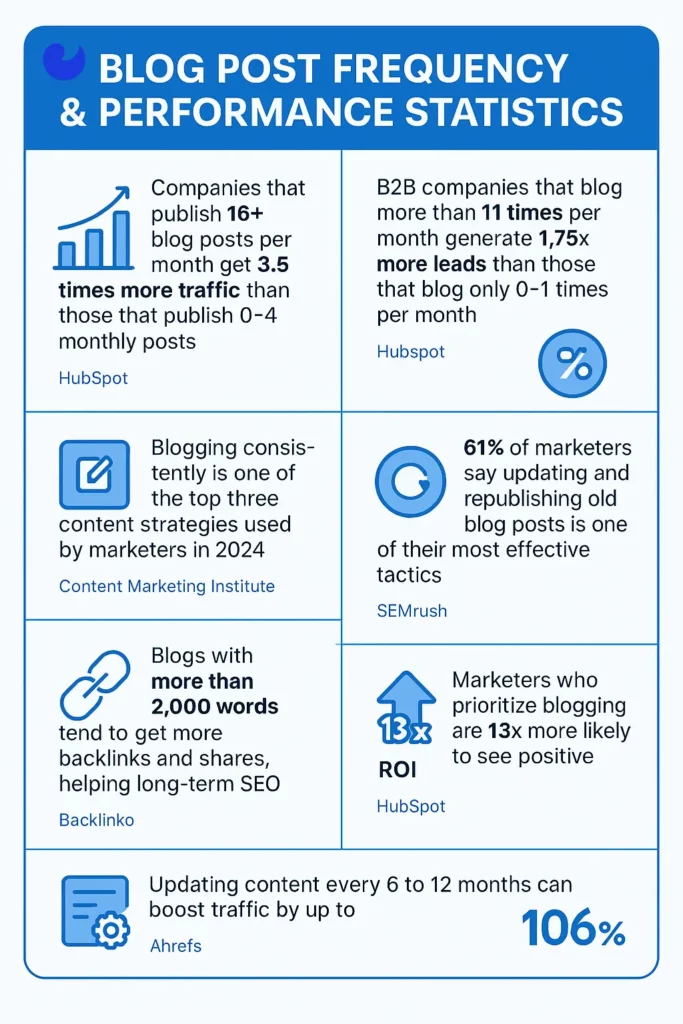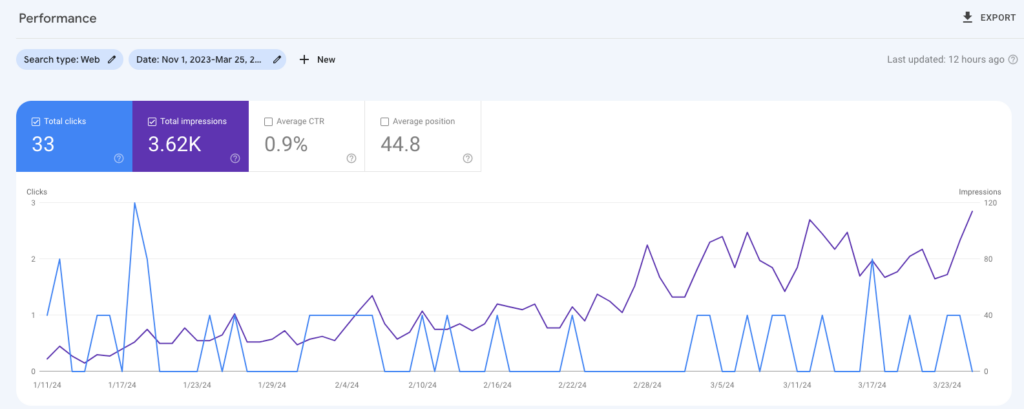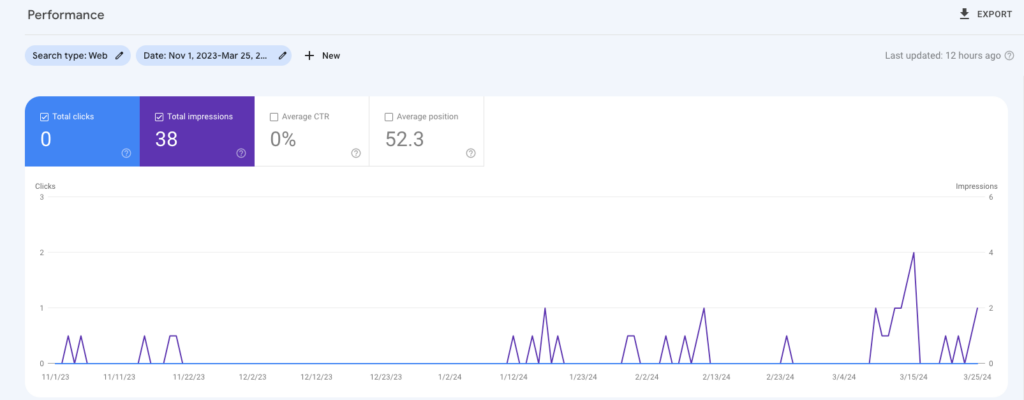In the ever-evolving realm of digital marketing, the journey to success is often anchored in a fundamental principle: the blend of consistent content creation and strategic SEO plays a pivotal role in driving growth and bolstering visibility. Our comprehensive case study sheds light on the profound impact of maintaining a disciplined schedule of quality content publication. Websites that embrace this strategy not only surpass their less consistent peers but also carve a more prominent position in the intricate labyrinth of search engine algorithms.
Blog Post Frequency Benefits
Through the lens of our analysis, which draws from the contrasting trajectories of two distinct domains, we unravel the undeniable influence of regular, quality updates on key aspects such as search engine visibility, engagement metrics, and the overall digital footprint. These findings underscore a vital tenet of digital marketing success: a steady stream of high-quality content is not a mere advantage—it is an essential component for those seeking to navigate the competitive digital landscape and establish a presence where their voices resonate and are actively sought after.
As a digital agency that delves into client data on a daily basis, we consistently observe emerging trends. Our firsthand experience has repeatedly affirmed that regular weekly posts offer tangible benefits to any website. Today, I am thrilled to share that we now possess data to substantiate this claim.
Stats and Metrics
first, let’s take a look at some of the metrics from other sources.
📈 Blog Post Frequency & Performance Statistics
- Companies that publish 16+ blog posts per month get 3.5 times more traffic than those that publish 0–4 monthly posts.
Source: HubSpot - B2B companies that blog more than 11 times per month generate 1.75x more leads than those that blog only 0–1 times per month.
Source: HubSpot - Blogging consistently is one of the top three content strategies used by marketers in 2024.
Source: Content Marketing Institute - 61% of marketers say updating and republishing old blog posts is one of their most effective tactics.
Source: SEMrush - Blogs with more than 2,000 words tend to get more backlinks and shares, helping long-term SEO.
Source: Backlinko - Marketers who prioritize blogging are 13x more likely to see positive ROI.
Source: HubSpot - Updating content every 6 to 12 months can boost traffic by up to 106%.
Source: Ahrefs

Analysis
- Content Regularity: Google’s algorithms favour websites that are regularly updated with fresh content. This is because frequent updates signal that the site is active and providing current information, which is considered more valuable to users. Domain A’s strategy of posting weekly is an effective way to signal to search engines that the website is a relevant, active source of information. This not only helps with indexing but can also improve the crawl rate.
- SEO Optimizations: Regular SEO optimizations are crucial for improving a site’s visibility in search results. These optimizations can include on-page SEO (like keyword optimization and meta tags), technical SEO (such as improving site speed and mobile-friendliness), and off-page SEO (like link building). By continually optimizing the site, Domain A likely improved its relevance and authority for selected keywords, leading to better search engine positioning.
- Indexing of Keywords: The significant difference in the number of keywords indexed between the two domains further supports the conclusion. Domain A’s approach has led to a broader range of content being indexed, which naturally increases its visibility in search results across a wider array of search queries.
- Sitemap Updates and Crawling: Regularly updating the sitemap with new posts can indeed prompt search engines to crawl and index new content more quickly. While Google does not guarantee that every submitted URL will be indexed, a frequently updated sitemap can aid in getting new content noticed sooner.
Case Study
Introduction
We tested this theory by launching two brand new websites. For the first, we published blog posts on a weekly schedule. For the second, we uploaded multiple posts at launch and then left the site untouched to index. The results were compelling—consistent posting clearly outperformed the one-time bulk upload, confirming both the industry data and our expectations.
In the digital age, the optimization of search engine presence is paramount for any website aiming to capture audience attention. The strategic approach to content publication and SEO optimization plays a pivotal role in determining a website’s search engine performance. This case study delves into the comparative analysis of two websites, Domain A and Domain B, to illustrate the impact of content regularity and SEO optimizations on search engine visibility and performance.
Background
Starting from November 1st, 2023, two fresh domains were launched with a distinct approach to content publication and SEO strategy:
- Domain A embarked on a path of regular weekly posts since its inception, coupled with consistent SEO optimization efforts every couple of weeks.
- Domain B, in contrast, opted for a bulk upload of 15 articles at the outset without any subsequent content updates or ongoing optimization.
The focus keywords for both domains were carefully selected to ensure parity in search volumes and keyword difficulty, setting the stage for a controlled study.
Blog Post Frequency Performance Metrics
Over the ensuing period, the two domains exhibited markedly different performance metrics:
- Domain A registered 3620 impressions in search results, 33 clicks, and had 390 keywords indexed. It showed a steady improvement in positioning over time, boasting a click-through rate (CTR) of 0.9% and an average position of 44.8 in search results.
- Domain B, conversely, struggled to gain visibility, with a mere 38 impressions, zero clicks, a 0% CTR, and only 5 keywords indexed. Its average position languished at 52.3.
Update: May 13th 2025
Domain A continues to perform well, averaging around 500 daily impressions with a click-through rate of approximately 1%. In contrast, Domain B quickly plateaued, generating fewer than 10 impressions per month.
Domain A Graph Performance

The graph above presents a Google Search Console performance graph, illustrating key SEO metrics from November 1, 2023, to March 25, 2024. It underscores the substantial performance of Domain A in the context of search engine visibility. The consistent impressions and increasing clicks underscore the critical importance of maintaining a regular blog post frequency as part of an effective content strategy to enhance search visibility and engage a wider audience.
Source: Google Search Console
Domain B Graph Performance

This image shows a performance graph from Google Search Console for a website, dated from November 1, 2023, to March 25, 2024. It indicates a total of 0 clicks and 38 total impressions, with an average click-through rate (CTR) of 0% and an average position of 52.3. The graph displays a low and irregular number of impressions over time with no corresponding clicks, highlighting the necessity of implementing best practices in SEO, such as regular blog post frequency, regular content updates and optimization, to improve search visibility and user engagement.
Source: Google Search Console
Analysis
The data reinforces the effectiveness of Domain A’s approach, underlining how a steadfast blog post frequency, along with continuous SEO enhancements, can significantly elevate a website’s visibility in search engines. Such a disciplined regimen of regular content publication fosters growth in search rankings, as consistent updates are often interpreted by search engines as an indicator of a dynamic and pertinent content source, leading to more frequent site crawling and indexing. Additionally, strategic SEO practices have fine-tuned Domain A’s compatibility with search algorithms, boosting its rankings for targeted keywords.
Conclusion
The comparative performance of Domain A and Domain B offers compelling evidence of the value of regular content updates and systematic SEO optimizations in achieving superior search engine visibility. Domain A’s approach not only facilitated a broader indexing of keywords but also improved its overall search engine positioning, translating into higher impressions and clicks. This case study reaffirms the criticality of an active content strategy and ongoing optimization in the competitive arena of search engine rankings.
Recommendations
Based on the insights derived from this case study, it is recommended that websites aiming to enhance their search engine presence should:
- Adopt a Regular Content Update Schedule: Ensure the frequent addition of new, high-quality content to signal site activity and relevance to search engines.
- Implement Ongoing SEO Optimizations: Engage in continuous SEO efforts, including on-page, technical, and off-page optimizations, to improve site visibility and ranking.
- Monitor Performance and Adjust Strategies Accordingly: Use analytics to track performance and refine content and SEO strategies based on observed outcomes.
In summary, the case of Domain A illustrates the significant advantages that can be gained through diligent content and SEO management, providing a valuable blueprint for other websites seeking to optimize their search engine performance.
For websites striving to improve their position in search results, it is crucial to be aware of common pitfalls such as keyword stuffing. Be sure to explore our article on avoiding this practice to maintain a natural and effective content strategy.
Moreover, if optimizing Google Ads is on your agenda, ensure to calculate your way to success with our Google Ads Cost Calculator, or consider leaving your Google Ads management to the pros for maximum efficiency and impact.
Want to improve your sites position in Search? Be sure to check out our article on Keyword Stuffing and how to avoid it!


